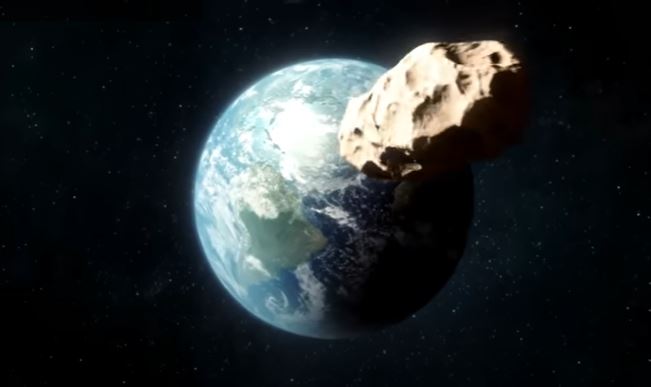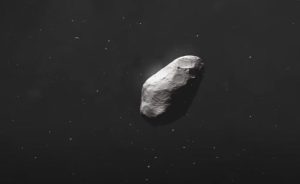
NASA has relaunched its OSIRIS-APEX spacecraft to embark on a mission to study the asteroid Apophis, often referred to as the ‘God of Chaos.’
This asteroid is set to make an extremely close flyby of Earth in 2029, marking an event of historical significance.
Unlocking Celestial Secrets
The mission, aimed at unraveling the mysteries of this celestial visitor, follows the successful return of the spacecraft OSIRIS-REx from its seven-year mission collecting samples from the space rock Bennu.
The asteroid Apophis has garnered attention for its impending close encounter with Earth on April 13, 2029, a phenomenon that hasn’t been witnessed since the dawn of recorded history.
NASA has christened its spacecraft OSIRIS-REx as OSIRIS-APEX for this specific mission, seeking to study the aftermath of Apophis’ near orbit and its potential effects on Earth.
Apophis, measuring approximately 370 yards across, is expected to approach Earth from a distance of only 20,000 miles during its 2029 flyby.
This proximity places it closer than some artificial satellites, making it a rare celestial event that occurs approximately every 7,500 years. Scientists anticipate that Earth’s gravity will influence Apophis, leading to changes in its surface and behavior.
The OSIRIS-APEX mission will study the impact of Earth’s gravity on Apophis, aiming to observe alterations in the asteroid’s day length, which currently stands at around 30.6 hours per day.
The spacecraft will operate in proximity to Apophis for 18 months, employing advanced instruments to analyze the asteroid’s surface changes, map its terrain, and assess its chemical composition.
Amy Simon, the mission’s project scientist, highlights that the study of Apophis provides an opportunity to comprehend fundamental planetary processes. Tidal forces and the accumulation of rubble pile material, which could lead to landslides and quakes on the asteroid’s surface, offer insights into the evolution from debris in the early solar system to the formation of planets.
Read more: Sweden Prepares To Join NATO As Turkish Committee Gives Okay
NASA Explores the Dynamics of ‘God of Chaos’ Asteroid

As OSIRIS-APEX journeys to meet Apophis in 2029, it will operate within 16 feet of the asteroid’s surface. This proximity will enable the spacecraft to not only capture high-resolution images and map the surface but also analyze the chemical composition of the celestial body.
Additionally, OSIRIS-APEX will utilize its thrusters to stir up material below the surface, providing scientists with valuable data.
While the asteroid is still five years away from its Earth flyby, scientists are closely monitoring Apophis as it approaches its first of six close passes with the sun.
This anticipation underscores the significance of the OSIRIS-APEX mission, which promises to deepen our understanding of celestial bodies and planetary processes.
NASA’s OSIRIS-APEX mission stands as a testament to humanity’s ceaseless curiosity and exploration of the cosmos. As the spacecraft embarks on its mission to study the “God of Chaos” asteroid, it holds the promise of unlocking valuable insights into the dynamic interactions between celestial bodies and the impact of Earth’s gravity on distant visitors from our solar system.
The OSIRIS-APEX mission is poised to contribute to our broader understanding of planetary formation and evolution, making strides in unraveling the mysteries of the universe.
Read more: Montana’s Changing Seasons: El Niño’s Ripple Effect On Outdoor Fun And Local Businesses

